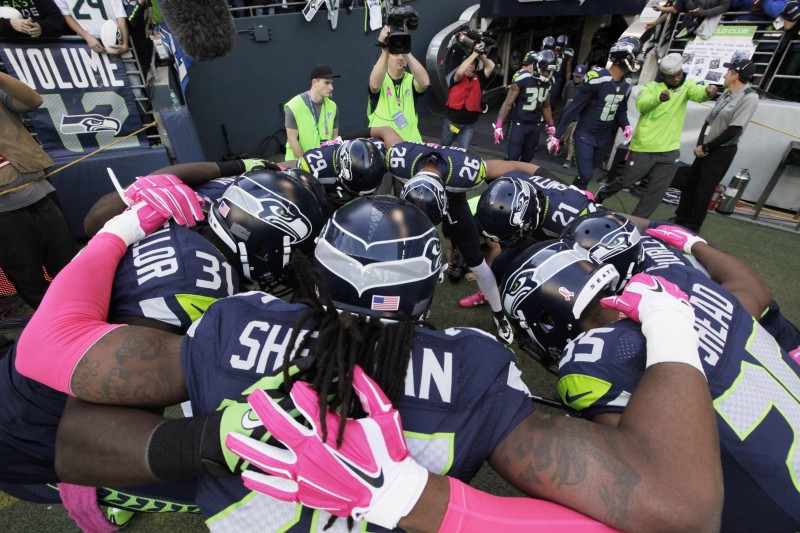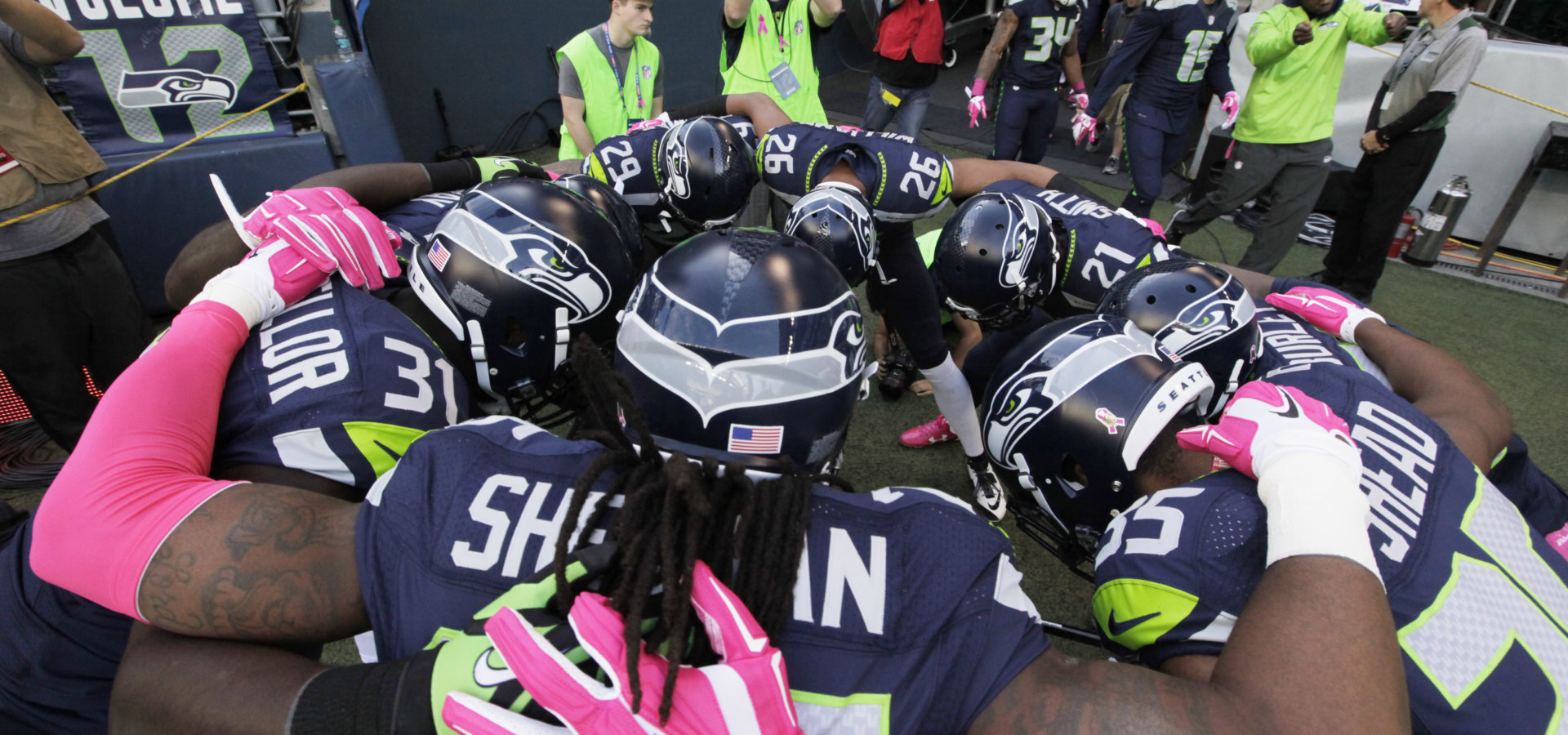
MINNEAPOLIS — Each October marks Breast Cancer Awareness Month, a massive campaign to raise awareness about breast cancer by putting pink ribbons and pink coloring on dozens of products. By buying these products, consumers believe, some portion of their spending will be funneled into research and treatment initiatives.
Yet critics of “pinkwashing” argue that the campaign does more to build the bottom line of its corporate sponsors than it does to support treatment or research for a disease that the American Cancer Society projects will kill 40,290 women this year alone. And with pink ribbons adorning dangerous products from carcinogenic plastics to fracking drill bits, some of the sponsors may be actively harming human health.
One of the leading supporters of the breast cancer awareness campaign is Susan G. Komen, a foundation which has come under fire online and in the media for the high pay of its former CEO, and the small percentage of its funds that are diverted toward cancer research.
About 80 percent of funds collected by Komen goes toward its actual breast cancer programs, with funds divided between research, health screenings, and public education efforts. In the 2013 fiscal year, the most recent year for which a report is available online, about 18 percent of the foundation’s funds went toward research, which equated to about $49.5 million in research grants.
Former CEO Nancy Brinker was compensated over $560,896 in her last year in the position. Brinker left her role as CEO in 2013 to serve as the foundation’s founder and chair of global strategy, earning $480,784 before she went on to take an unpaid volunteer role in the foundation last year. Her replacement, Judith Salerno, earned $209,120 in the 2014 fiscal year, according to Charity Navigator, a site that rates the effectiveness and accountability of nonprofit organizations.
Charity Navigator gives Komen its highest rating — 4 out of 4 stars — for transparency and accountability, but considers numerous other breast cancer charities to be more effective at using donations to provide breast cancer treatment and research. When it comes to how Komen spend its money, because the foundation’s administrative expenses remain so high, Charity Navigator only gives it 2 out of 4 stars.
The foundation was also widely criticized for ending its support of Planned Parenthood’s mammograms and other cancer screenings in 2012, which led to a major decline in revenues.
‘Think before you pink’
As for those pink products on the shelves, they serve mostly to create profits for corporations. A “Think Before You Pink” guide provided by the charity Breast Cancer Action notes that the use of pink ribbons and pink products is unregulated — some don’t support breast cancer treatment at all, while others make only a small donation regardless of how much pink product they sell.
For example, the NFL heavily markets “A Crucial Catch,” its October campaign to promote mammograms in partnership with the American Cancer Society, but Cork Gaines, the sports editor for Business Insider, reported in 2013 how little of that money actually goes toward the cause of ending breast cancer:
“[F]or every $100 in pink merchandise sold, $12.50 goes to the NFL. Of that, $11.25 goes to the American Cancer Society (ACS) and the NFL keeps the rest. The remaining money is then divided up by the company that makes the merchandise (37.5%) and the company that sells the merchandise (50.0%), which is often the NFL and the individual teams.”
A 2014 report from The Washington Post supported Gaines’ claims that just 12.5 percent of Crucial Catch profits go toward cancer charities, further noting that the NFL “says it has donated about $7 million since 2009, largely from sales of its pink gear.” Still, the money the league donates to cancer programs pales in comparison to its annual revenue, which is projected to reach $12 billion this year.
Aside from concerns about where the money goes, some products turned pink or adorned with pink ribbons may actually harm human health. In 2013, MintPress News reported that plastics used in these products sometimes contain carcinogens like Bisphenol A or Bisphenol S.
Last October, Baker Hughes, one of the largest fracking companies in the country, teamed up with Komen to create a pink drill bit, in a campaign called ”Doing Our Bit For the Cure.” Not only does fracking involve hundreds of chemicals with links to cancer, but the controversial drilling process has recently been linked to high rates of premature births and high-risk pregnancies.
Police are also getting in on the “pinkwashing,” Aviva Shen reports for ThinkProgress, with various departments raising breast cancer awareness through efforts like pink handcuffs and police cars, or fake “arrests” that encourage donations to groups like Komen.
With Planned Parenthood, a major source of preventative health care in the United States, facing further budget cuts, one Twitter user recently offered an alternative to pink products in this widely shared tweet:
https://twitter.com/catagator/status/651141526504869888


